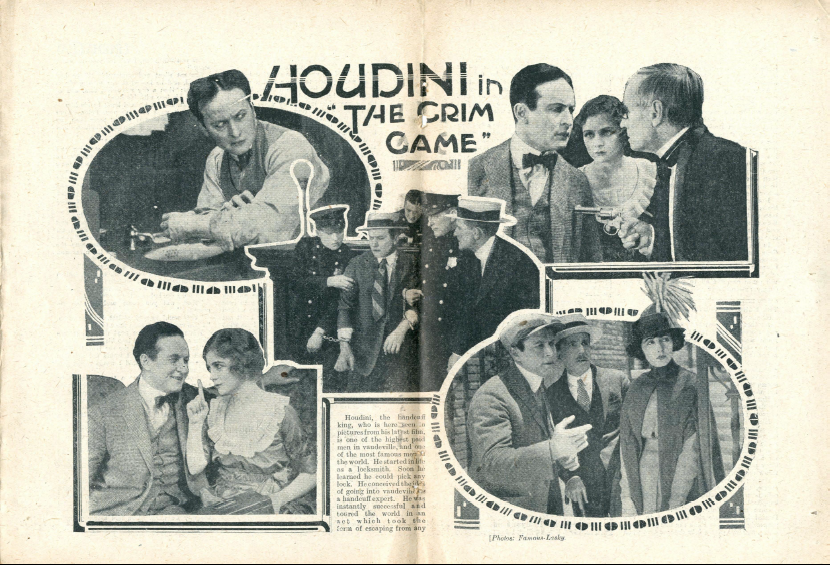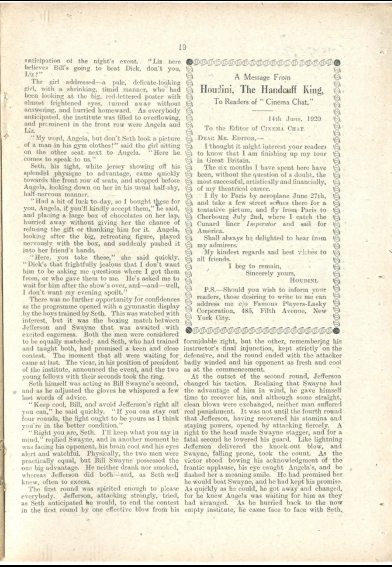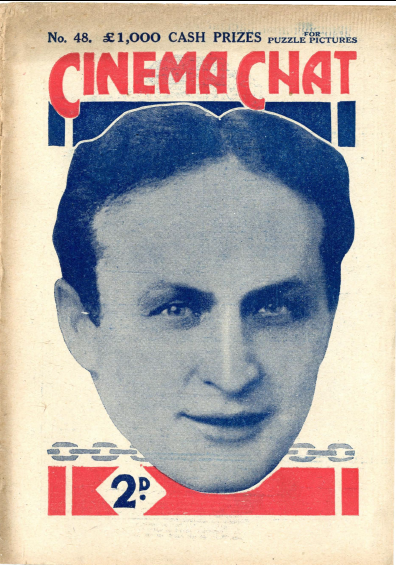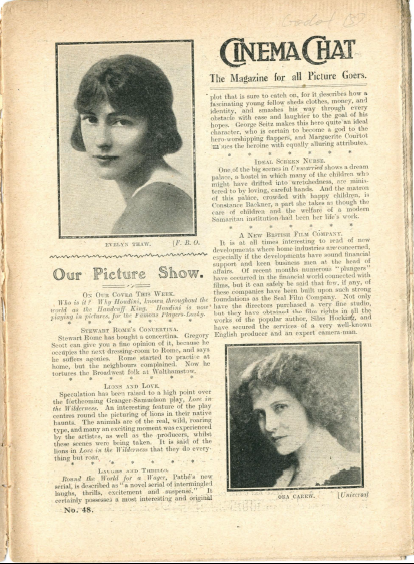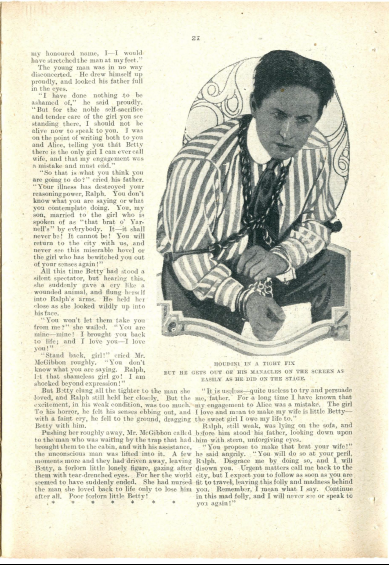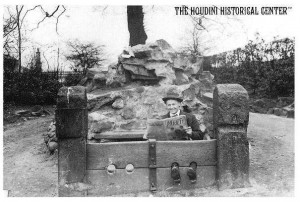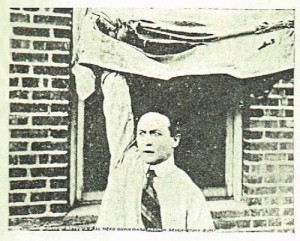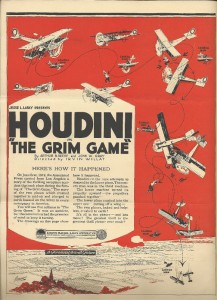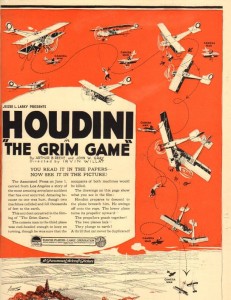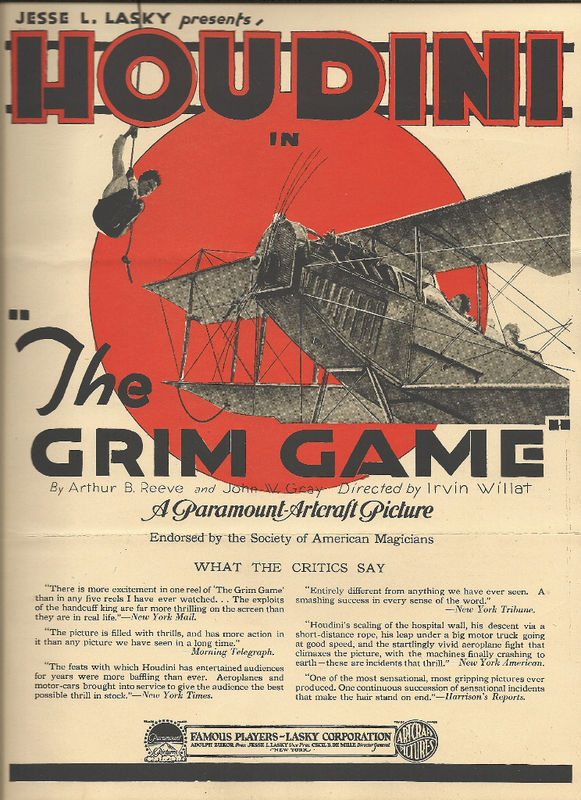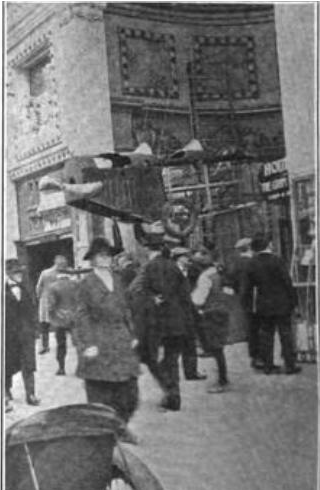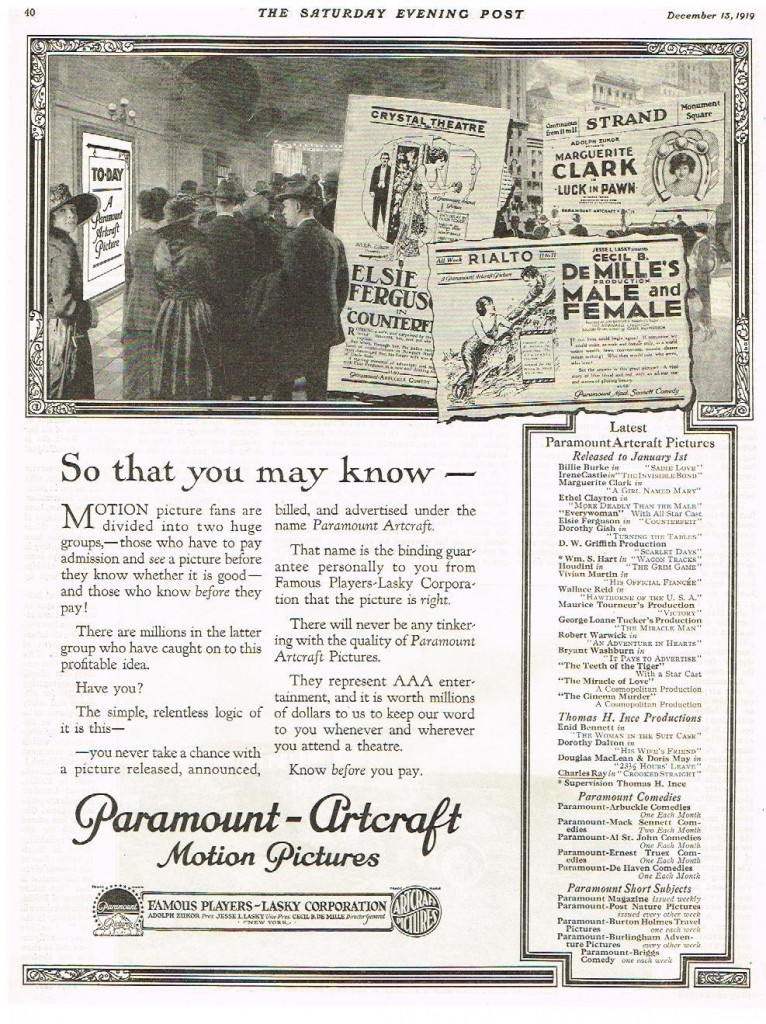Number 42, March 8, 1920 [page 16 and 17]
Below is the text from the ad:
Houdini the handcuff king, who is here seen in pictures from his latest film is one of the highest paid men in vaudeville, and one of the most famous men in the world. He started in life as a locksmith. Soon he learned he could pick any lock. He conceived the idea of going into vaudeville as a handcuff expert. He was instantly successful and toured the world in an act which took the form of escaping from any kind of handcuff with which he had been manacled. Escapes, however, were the least of his many stunts, as a list of some the remarkable things he has done would prove.
As an instance he was once handcuffed, tied and sewn in a canvas sack, and thrown from Eiffel Tower, Paris. Halfway down Houdini was out of the manacles and the sack and clinging to a parachute. He was thrown from Brooklyn Bridge locked in a steel safe. He came up in one minute. He escaped from a strait jacket whilst suspended head downwards from the “Times” Building, in New York. He has also escaped from every famous prison in the world including the Tower of London, and the Conciergerie in Paris. So far he has never been successfully challenged on any feat, and we will permit anyone to tie him, nail him in a box or seal him up in glass!
Houdini has appeared before all the crowned heads of Europe. He has been locked and manacled in practically every prison in America. Before he is manacled he is always stripped and examined carefully for keys, etc. He has also escaped from time-lock safes.
In his first Paramount-Artcraft picture, The Grim Game, Houdini does practically all the stunts that have made him a world-famous figure, a perpetual mystifier, an entertainer par excellence. His aerial feats in this photo-play will cause one all to gasp, for they are simply extraordinary.
In future blogs, I will attempt to describe the scene, character(s) and actor(s) that are depicted in each picture still from The Grim Game.
See below for related links:

